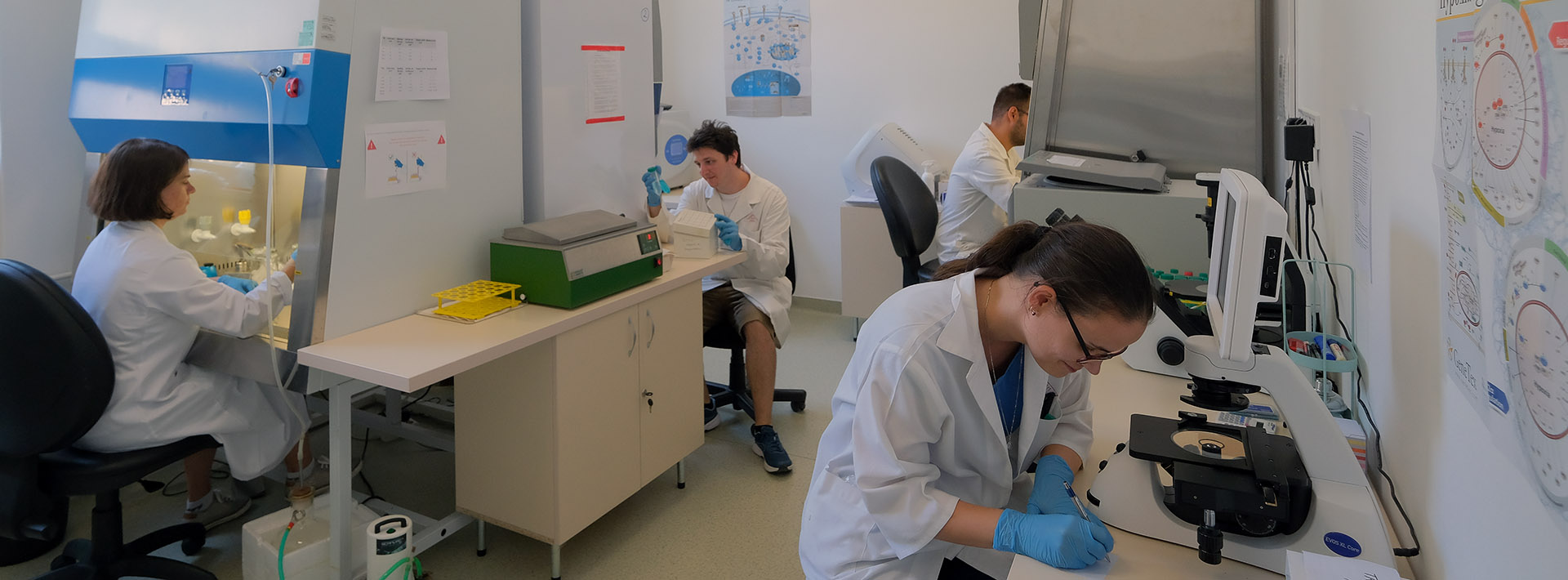Daten
Offizielle Daten in der Fachveröffentlichung für das folgende akademische Jahr: 2024-2025
Lehrbeauftragte/r
-
Fülöp Vilmos
senior research fellow,
Department of Biochemistry and Medical Chemistry -
Semesterwochenstunden
Vorlesungen: 12
Praktika: 0
Seminare: 0
Insgesamt: 12
Fachangaben
- Kode des Kurses: OXF-BER-h-T
- 1 kredit
- General Medicine
- Optional modul
- spring
ODR-OKA-T finished , ODA-ORK-T finished
Zahl der Kursteilnehmer für den Kurs:
min. 5 – max. 150
Erreichbar als Campus-Kurs für . Campus-karok: ÁJK TTK
Thematik
Living organisms need to carry out energetically unfavourable reactions in order to grow, multiply or even survive. The field of bioenergetics is concerned with the mechanisms by which organisms harness energy from sunlight, carbohydrates or other compounds and subsequently generate the ATP (adenosine triphosphate) and NADPH (nicotinamide adenine dinucleotide phosphate), which are essential for biosynthetic reactions. A unifying system has emerged on the course of evolution revealed by studies on bacteria, animals and plants. This showed that virtually all organisms utilise energy-transducing membranes to produce a proton gradient from the free energy released during the “downhill” passage of electrons through electron transport chains. This proton gradient is then used to generate ATP through the now-famous chemiosmotic mechanism, originally proposed by the British Nobel laureate biochemist, Peter Mitchell.
Vorlesungen
- 1. Structure of mitochondria - Fülöp Vilmos
- 2. Reactions of glycolisis - Fülöp Vilmos
- 3. Entry of pyruvate into the mitochondria, TCA cycle - Fülöp Vilmos
- 4. Operation of the electron-transport chain - Fülöp Vilmos
- 5. Structure and operation of the FoF1 ATPase - Fülöp Vilmos
- 6. Mitochondrial shuttle systems, stoichiometry of ATP production - Fülöp Vilmos
- 7. Inhibitors and regulation of mitochondrial ATP production - Fülöp Vilmos
- 8. Structure of chloroplast - Fülöp Vilmos
- 9. Photosynthetic electron transport - Fülöp Vilmos
- 10. The Calvin cycle and its regulation - Fülöp Vilmos
- 11. Stoichiometry of photosynthetic ATP production - Fülöp Vilmos
- 12. Energy metabolism of the cells - Fülöp Vilmos
Praktika
Seminare
Materialien zum Aneignen des Lehrstoffes
Obligatorische Literatur
None
Vom Institut veröffentlichter Lehrstoff
Handouts from the lectures will be provided in pdf/pptx formats at the appropriate University web-site.
Skript
None
Empfohlene Literatur
Jeremy M. Berg, John L. Tymoczko, Gregory J. Gatto Jr., Lubert Stryer: Biochemistry 8th edition, W. H. Freeman and Company, ISBN-13: 978-1-4641-2610-9
David G. Nicholls and Stuart J. Ferguson: Bioenergetics 4, Elsevier, ISBN: 978-0-12-388425-1
Links to both books will be provided from the appropriate University web-site.
Voraussetzung zum Absolvieren des Semesters
None
Semesteranforderungen
Semester ending exam, repeatable twice
Möglichkeiten zur Nachholung der Fehlzeiten
Home assay
Prüfungsfragen
Bioenergetics essay questions:
Describe the mitochondrial respiratory chain, including an annotated diagram showing the electron and proton transfers.
Using an annotated diagram, describe the rotary mechanism of the F1Fo ATP-synthase. In your answer include the number of ATP molecules synthesised and the number of protons translocated per turn.
Describe the main events occurring during non-cyclic photosynthetic electron transport. Include in your answer an explanation of how the excitation of the photosystems is regulated, and how ATP is generated.
Bioenergetics short answer questions
Draw an annotated diagram showing the morphology of the chloroplast.
Name the TWO components contributing to the protonmotive force (Δp). What are the main components contributing to Δp across mitochondrial and thylakoid membranes, respectively?
Name the TWO protective mitochondrial enzymes involved in scavenging toxic reactive oxygen species (ROS).
Give the number of protons translocated across the mitochondrial matrix when the two electrons from NADH flow through the proton pumps to the terminal electron acceptor, oxygen (overall P/O or H+/2e- ratio).
What is the sign of the redox potential of a strong reducing agent, such as NADH and how does that relate to the electron affinity of H2?
What are the axial ligands to the haem group of the mitochondrial electron transport protein cytochrome c?
What is the function of complex II in the mitochondrial electron transport chain and how many protons does it translocate across the membrane per catalytic cycle cycle (P/O or H+/2e- ratio)?
Name the common chemical building block found in FADH2, NADH, ADP and ATP.
What are the uncoupling reagents and what effect do they have on the on the mitochondrial electron transport chain?
Name the metal in the active site of the enzyme Rubisco and the post-translationally modified residue coordinating it.
What are the products of the oxygenase reaction catalysed by ribulose 1,5 - bisphosphate carboxylase/oxygenase (Rubisco)?
Name the TWO major cofactors in light-harvesting complexes.
What is the strongest known biological naturally occurring oxidant?
Explain how the chloroplast ATP synthase is regulated by light.
Name the four enzymes that sequentially reduce nitrate (NO3-) to nitrogen gas (N2) during bacterial denitrification.
What is the covalent linkage between the polypeptide chain and the haem group of the mitochondrial electron transport protein cytochrome c?
Name FOUR inorganic electron acceptors in anaerobic respiration.
